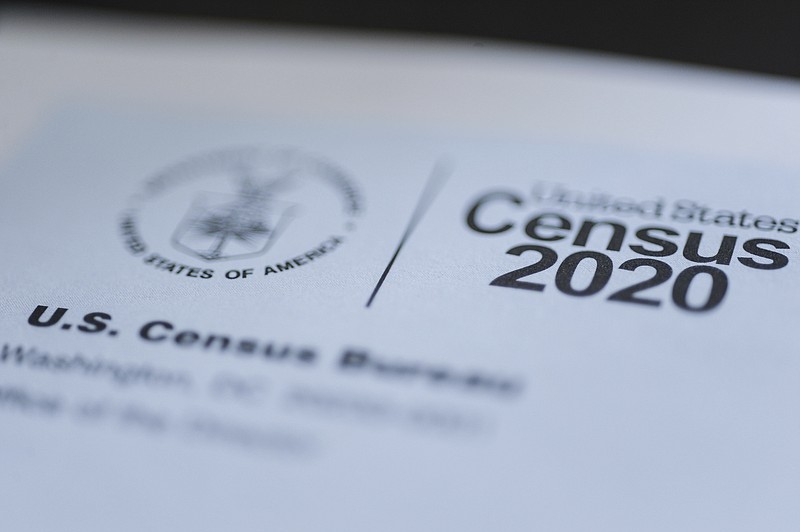This story is a part of The Article, your guide to Arkansas news and culture, presented by the Democrat-Gazette. Sign up for The Article's twice-weekly newsletter here or to see stories that have appeared in past newsletters, go here.
The results of the 2020 census were released Thursday, and data showed significant changes in Arkansas’ population, particularly in Northwest Arkansas, Central Arkansas and rural areas.
The state’s racial diversity also increased.
What happened in Northwest Arkansas?
Northwest Arkansas experienced explosive growth in the last decade. Benton County's population reached 284,333, an increase of 62,994 or 28.5% compared to 2010. Washington County's population climbed to 245,871, an increase of 42,806 or 21.1%.
A substantial part of the growth in Washington County was in Fayetteville, which is now the state's second-largest city. It grew from 73,580 in 2010 to 93,949 in 2020, surpassing Fort Smith, which went from 86,209 in 2010 to 89,142 a decade later.
What happened in Central Arkansas?
Central Arkansas also grew, though less rapidly than northwestern areas.
Little Rock, with 202,591 people, grew by 4.7% compared to ten years ago, when it had 193,524 residents. It remains the state's largest city. Pulaski County overall grew by 4.3%, rising from 382,748 to 399,125 in population.
Saline County's 15.2% increase was the highest growth rate in Central Arkansas. It had 123,416 residents in 2020, up from 107,118 a decade ago.
What happened in rural areas?
Fifty-three of the state's 75 counties lost people in the past decade, said Alison Wright, head of the data center for the Arkansas Economic Development Institute, and many of those counties were rural.
Cities and counties throughout the Delta took some of the largest population hits. Helena-West Helena lost 2,763 residents or 22.5% of its population. The city now has 9,519 residents, according to the U.S. Census Bureau.
Phillips County lost nearly a quarter of its population -- 23.8% -- falling from 21,757 to 16,568.
How did the state’s racial makeup change?
In 2010, 74.5% of Arkansans identified themselves as white alone but that percentage shrunk to 70.2% in 2020.
The percentage of Black or African American Arkansans alone dipped slightly compared to 2010, from 15.6% to 15.1%.
The percent who identified as solely American Indian or Alaska Native alone grew from 0.7% to 0.9%.
The percentage of the population who identified as Asian alone increased slightly to 1.7% from 1.2% in 2010, and the Hispanic-identifying population grew from 6.4% to 8.5%.
Read more about the results of the 2020 census and what happened in Northwest Arkansas from reporters Frank Lockwood and Tess Vrbin, and read more about the results for rural areas here, also from Vrbin.
